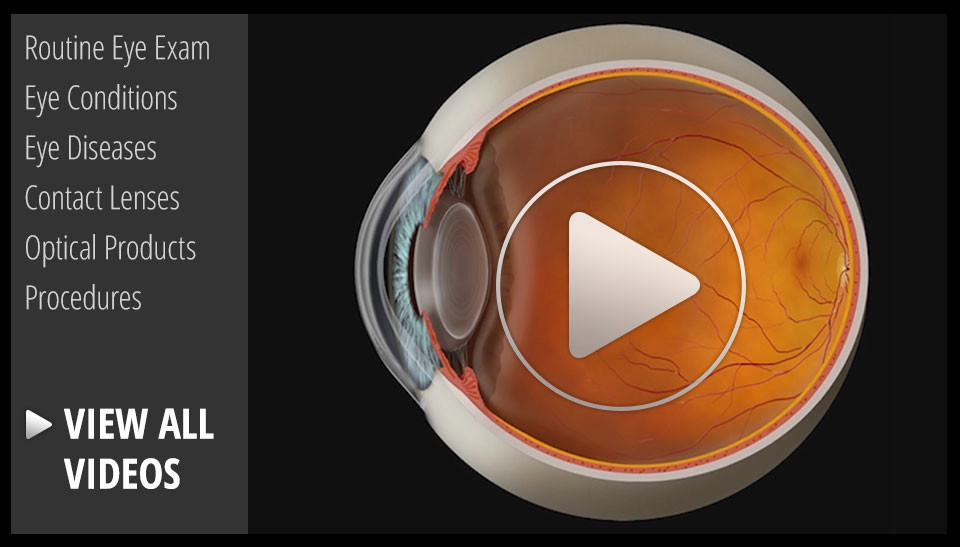Blog

1. Vision is so important to humans that almost half of your brain’s capacity is dedicated to visual perception.
2. The most active muscles in your body are the muscles that move your eyes.
3. The surface tissue of your cornea (the epithelium) is one of the quickest-healing tissues in your body. The entire corneal surface can turn over every 7 days.
4. Your eyes can get sunburned. It is called photokeratitis and it can make the corneal epithelium slough off just like your skin peels after a sunburn.
5. Ommatophobia is the fear of eyes.
6. You blink on average about 15 to 20 times per minute. That blink rate may decrease by 50% when you are doing a visually demanding task like reading or working on a computer – and that’s one reason those tasks can lead to more dry-eye symptoms.
7. Your retinas see the world upside down, but your brain flips the image around for you.
8. If you are farsighted (hyperopia) your eye is short, and if you are shortsighted (myopia)...

Just like adults, children need to have their eyes examined. This begins at birth and continues into adulthood.
Following are my recommendations for when a child needs to be screened, and what is looked for at each stage.
A child’s first eye exam should be done either right at or shortly after birth. This is especially true for children who were born premature and a have very low birth weight and may need to be given oxygen. This is mainly done to screen for a disease of the retina called retinopathy of prematurity (ROP), in which the retina does not develop properly as a result of the child receiving high levels of oxygen. Although rarer today due to the levels being monitored more closely, it is still a concern for premature babies.
The next level of an eye exam that I would recommend would be at 6 months. At this stage, your pediatric eye doctor will check your child’s basic visual abilities by making them look at lights, respond to colors, and be able to follow a...


